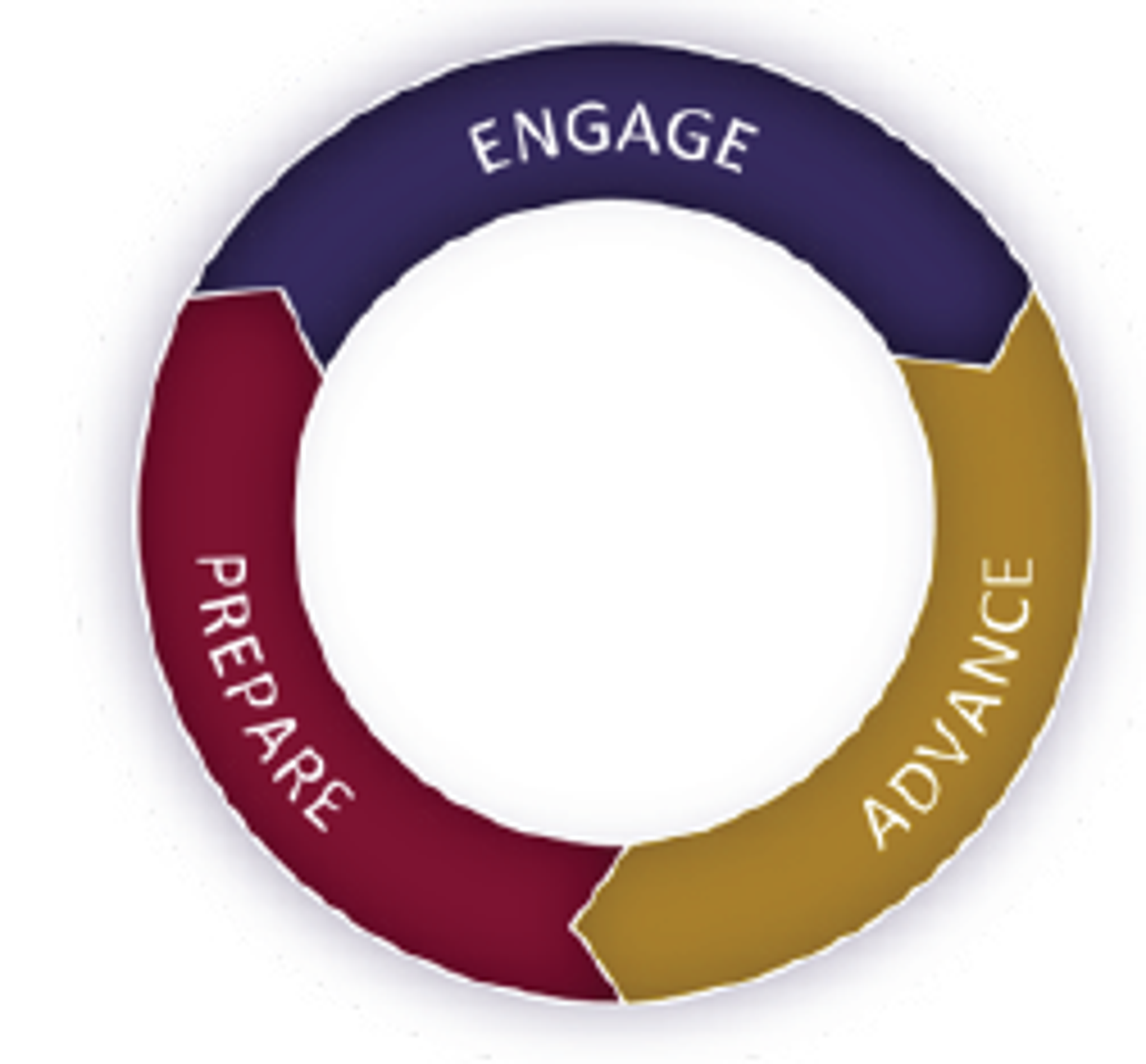What is an Agile Sales Sprint?
Customer conversations

Defining Agile Selling Sprints

The concept of "agile" has been around in the technology field for years in the form of development sprints - short bursts of focused activity intended to advance the project, but leave room for adjustment as requirements change.
Borrowing from the technology field, a "Sales Sprint" is a short burst of activity intended to advance the sale, it follows a three-part pattern: prepare, engage, and advance.
The prepare, engage, advance framework underpinning an agile sales sprint is ever-present and therefore prevents surprise late-stage losses.
Agile sales sprints ensure sales professionals are constantly revisiting the facts and revising their understanding of the customer’s setting so they can be nimble, responsive, and collaborative.
In this blog post, we explore the prepare, engage, advance sales sprint in greater detail.
Prepare
Preparation is the process of thinking critically about an upcoming sales conversation. This approach to planning leads to more productive customer meetings, increased credibility, and a shorter sales cycle. The preparation consists of developing clarity in three areas:
- Know Your Customer: The sales professional narrows their focus to the individual level and examines the stakeholders involved in the decision process. They seek to understand their customer's pain and how it flows throughout their organisation.
- Know Your Value: The sales professional clarifies which aspects of their solution are truly unique from the competition and how that point of differentiation more powerfully addresses the customer's pain.
- Know Your Call Plan: The sales professional outlines their game plan for the call using the Sprint Selling methodology which overlays a strategic framework onto customer calls so that key information is learned in every conversation.
Engage
Engaging customers starts with an objective assessment of the current health of the opportunity, an understanding of gaps preventing movement, and the definition of a clear goal for the conversation. Agile sellers do this by evaluating their progress using "opportunity vitals." Opportunity Vitals are an objective set of criteria to measure progress. The Opportunity Vitals are pain, power, vision, value, and consensus (PPVVC).
Each Opportunity Vital carries with it a discrete goal, these goals are defined below:
- Pain: Understand the customer’s current state and diagnose the pain. Visualise a future state by aligning capabilities to causes of pain.
- Power: Find power by identifying others impacted and the stakeholders’ decision process. Access those in power and ask for their insights and build their confidence in the seller.
- Vision: Align on a vision, uncover required capabilities, connect the dots to stakeholder pain, and quantify the impact of meeting those needs.
- Value: Recap, and headline the value of the solution by positioning the conceptual solution in a way that is relevant to the customer’s specific needs.
- Consensus: Sellers and buyers co-create a plan that addresses the process for implementing the solution. Brainstorm with stakeholders on the next steps, and manage the plan by setting meetings, updating the process as needed, and keeping the decision-makers engaged.
In every engagement, agile sellers work to make progress against one or more of these goals to drive continuous momentum towards the close.
Advance
The Advance segment of an agile Selling Sprint provides a process for taking the right internal and external actions immediately following a customer interaction to maintain momentum. Advancing consists of three steps:
- Reflection: Sales professionals reflect and review the results of the call and the lessons learned to strategise the next steps. This exercise is also an opportunity to analyse the interaction and discover what worked, and what did not.
- Follow-up: Sales professionals debrief with the customer, seeing feedback and additional insights from stakeholders to create a more dimensional picture of needs.
- Follow-through: Sales professionals ensure they meet customer commitments while completing all necessary internal actions. This includes updating other team members on the latest understanding of the customer’s pain points and organising internal resources to advance the sale.
Convert Unpredictability to Energy to Advance the Sale
Changes in the sales pursuit are constant. Selling Sprints convert this unpredictability into energy that advances the sale. Selling Sprints offer the simplicity and repeatability of a three-part process that benefits from new, and unexpected information learned from the customer.
Selling Sprints are the core of our Sprint SellingTM programme which provides sales teams with the skills, and tools needed to win the sale in a changing world. Sprint SellingTM is backed by behavioural science and powered by an agile framework that prepares the seller to make the much-needed in-the-moment adjustments that keep them aligned with a changing customer.
Learn more about the Sprint SellingTM programme here, or click here to contact us and schedule a time to discuss if this programme is right for your team.

White Paper: The Future of Selling is Agile: Introducing Sprint Selling
Learn about a new sales methodology that defines critical actions and skills needed to win deals.
DownloadGet industry insights and stay up to date, subscribe to our newsletter.
Joining our community gives you access to weekly thought leadership to help guide your planning for a training initiative, inform your sales strategy, and most importantly, improve your team's performance.






